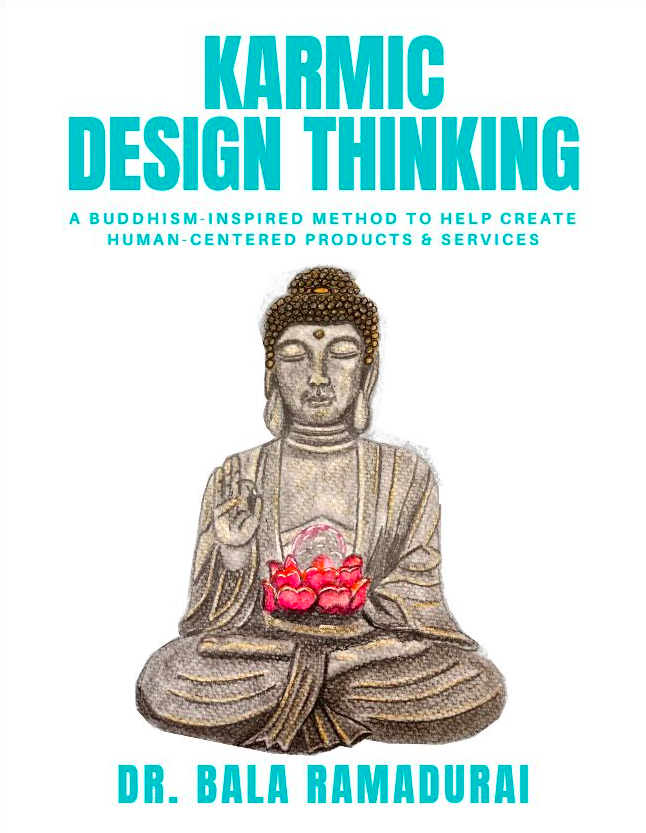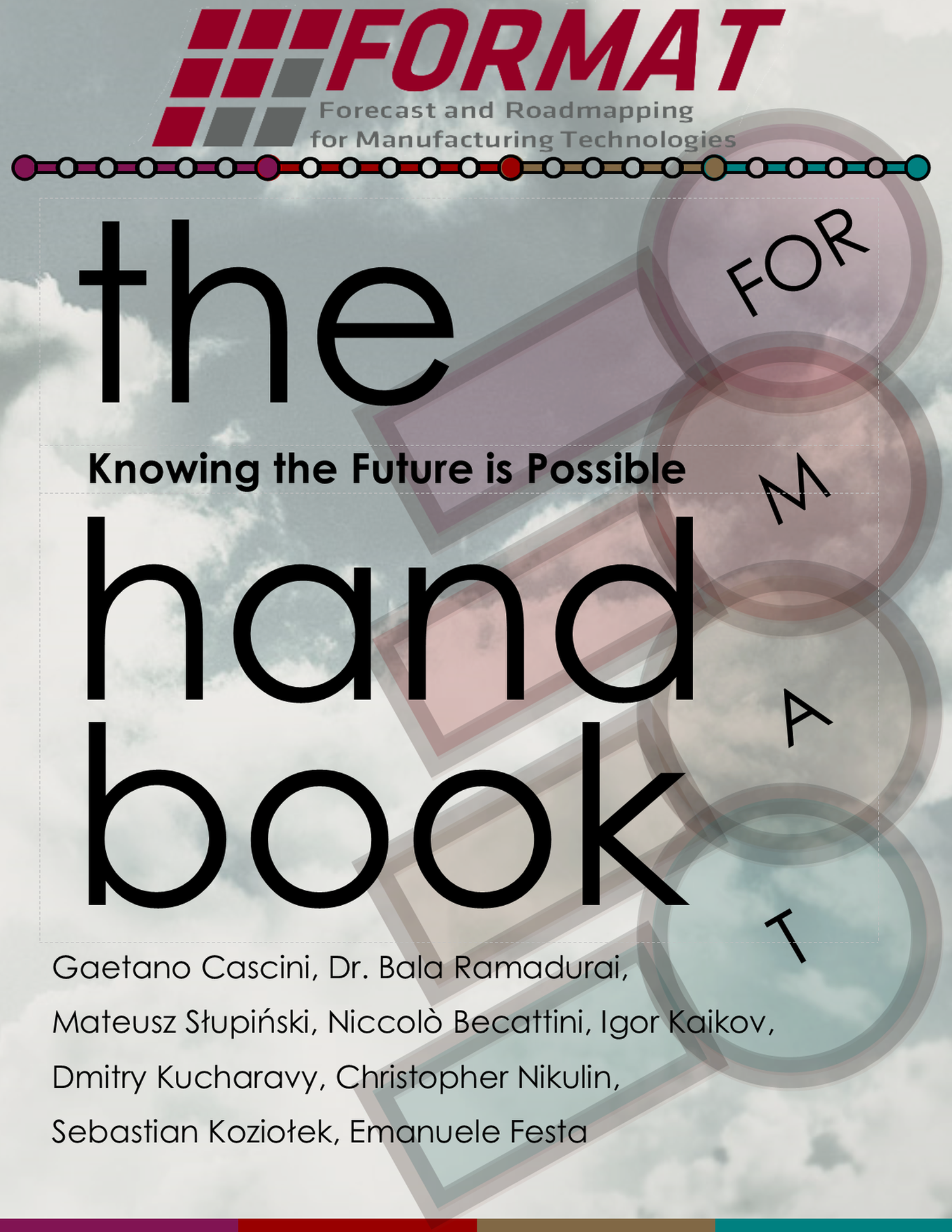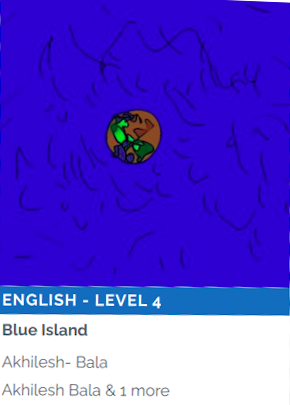By rajib | 2022-09-14
In the recently concluded Karmic Design Thinking workshop, Rajib Kumar Bannerjee and his team worked on a responsible and interesting problem. I invited him to write a guest post on the topic - Decontamination of water. This will be a series.

Empathize
This is the key step and of course the starting point of the journey. This step consists of the following substeps and it is important that we spend considerable time understanding and collecting enough information about the problem.
- Identify the Problem
- Collect some facts about the problem
- Personify the problem
- Develop a customer journey map
- Define the “How”, “Might”, & “We” questions
- Identify the functions and the context of the problem
Identifying the problem: Our brains are so well tuned in answering questions, that we always get tempted to think about a workable solution and try to retrofit the problem. To me, this approach not only narrows down the thinking process but also might quickly lead to divergence. Identifying the problem to solve is the starting point for innovation to happen and one of the most important and critical steps. I found https://sdgs.un.org/goals the link very useful for gaining insights into the UN sustainable development goals that every nation is trying to solve. There are 17 goals and each goal has been defined as target and target indicators.
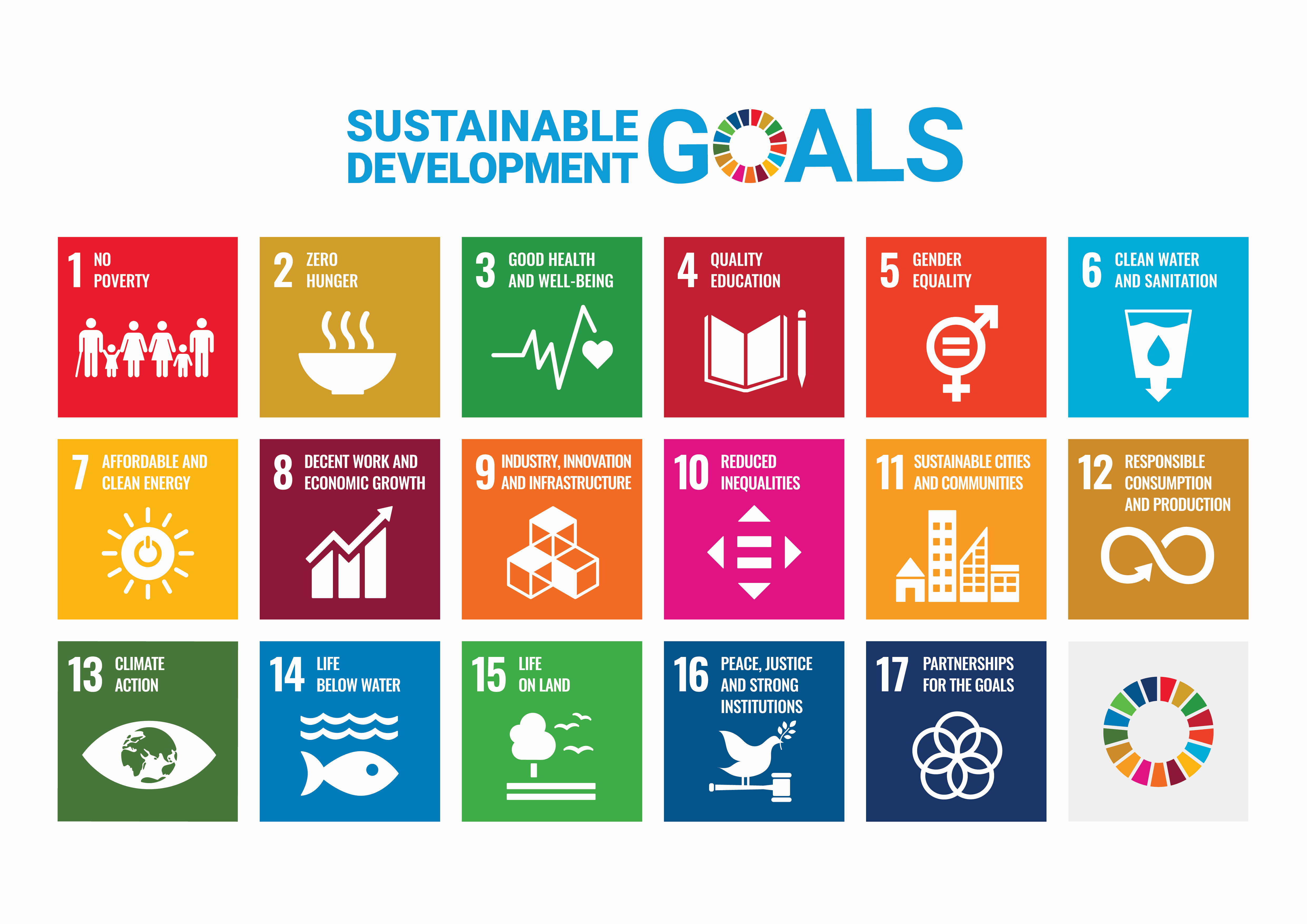
What we need is to identify the goal that can connect with us emotionally. During the workshop, I used Goal 3. I strongly encourage the readers to visit https://sdgs.un.org/goals and identify a goal.
Once we click on a specific goal, it takes us to the page that contains its details and it has specific Targets and Indicators. For this, I have used Target 3.3
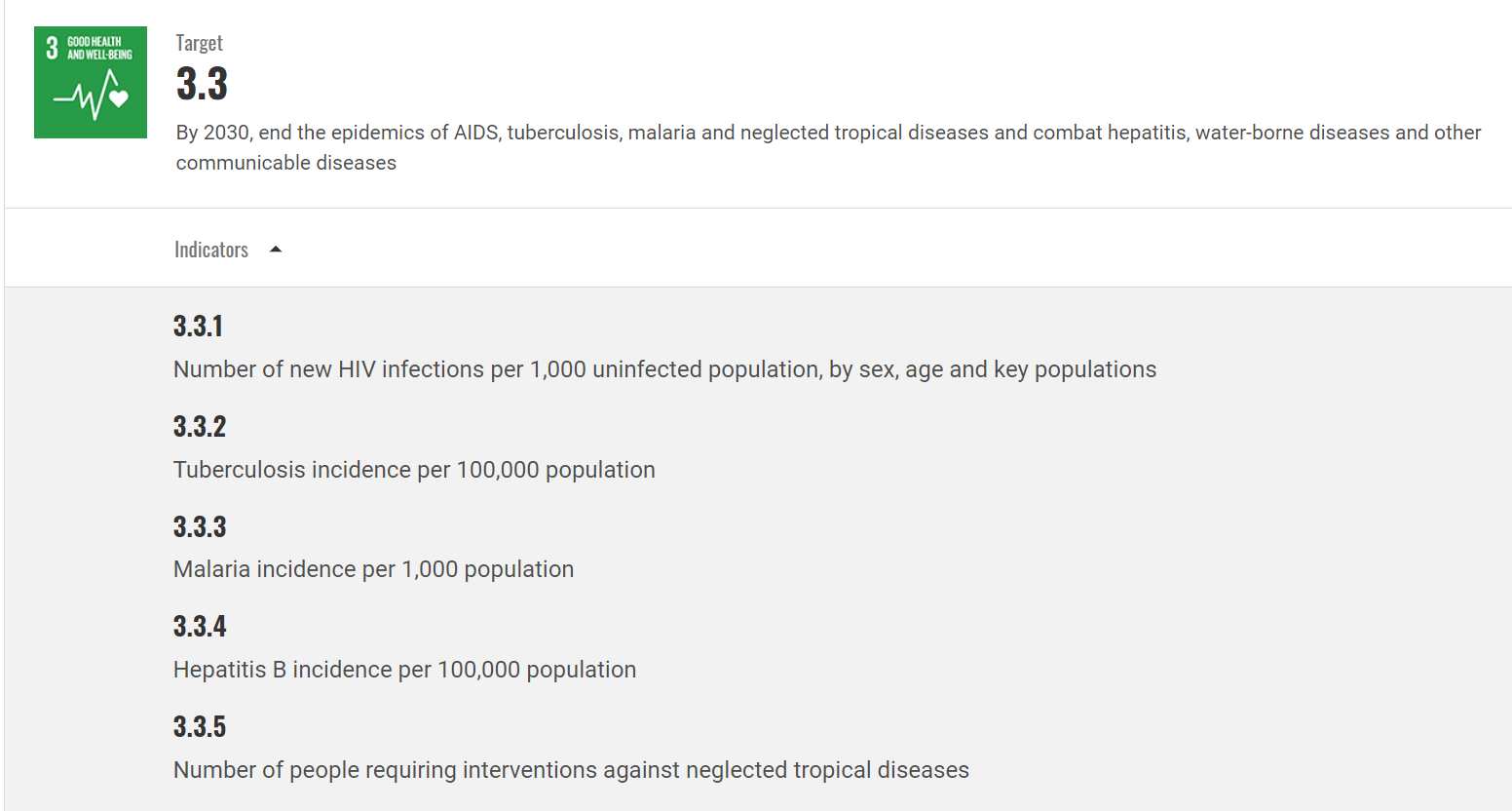
I got introduced to another technique during this workshop. Personifying the problem. One might use this technique as well to identify the problem. In this approach, we need to identify the actor who is going to get benefitted from the solution that we will end up developing. Once we identify the actor we can use the tool like interviewing the actor or role-playing to understand the problem closely. Though the word personification has a human touch, to me this can be looked at from a broader concept. And, it’s ok to consider society, a system, an object, or anything that interests us to help us model the context of the problem.
I tried to personify Goal 3. Here’s how I went about it!
A quick note: I was introduced to an amazing tool called Mural, which I found very helpful in collaborating, capturing, and structuring every piece of information consolidated in one single page. The beauty of this tool is that many team members can simultaneously work and edit different parts of it. Such kind of tools can be very useful while embarking on a journey to capture the customer journey map.
During the workshop, I identified the actor as a small school-going kid. The below mural extract describes the actor.
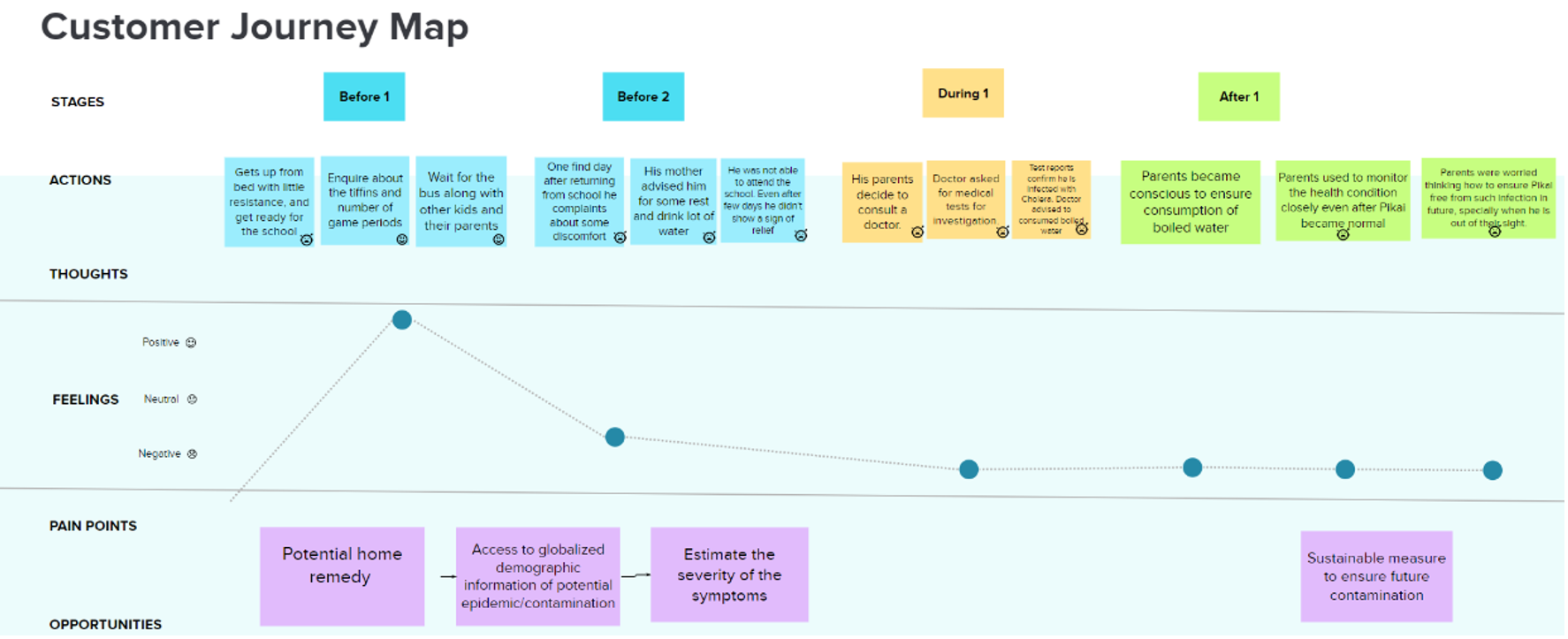

A customer journey map is an effective way of capturing various actions associated with the actor, their emotions, and the potential opportunities that lay in front of them. Given below is the pictorial representation of one such map. I’ll elaborate on each section as well as their importance.
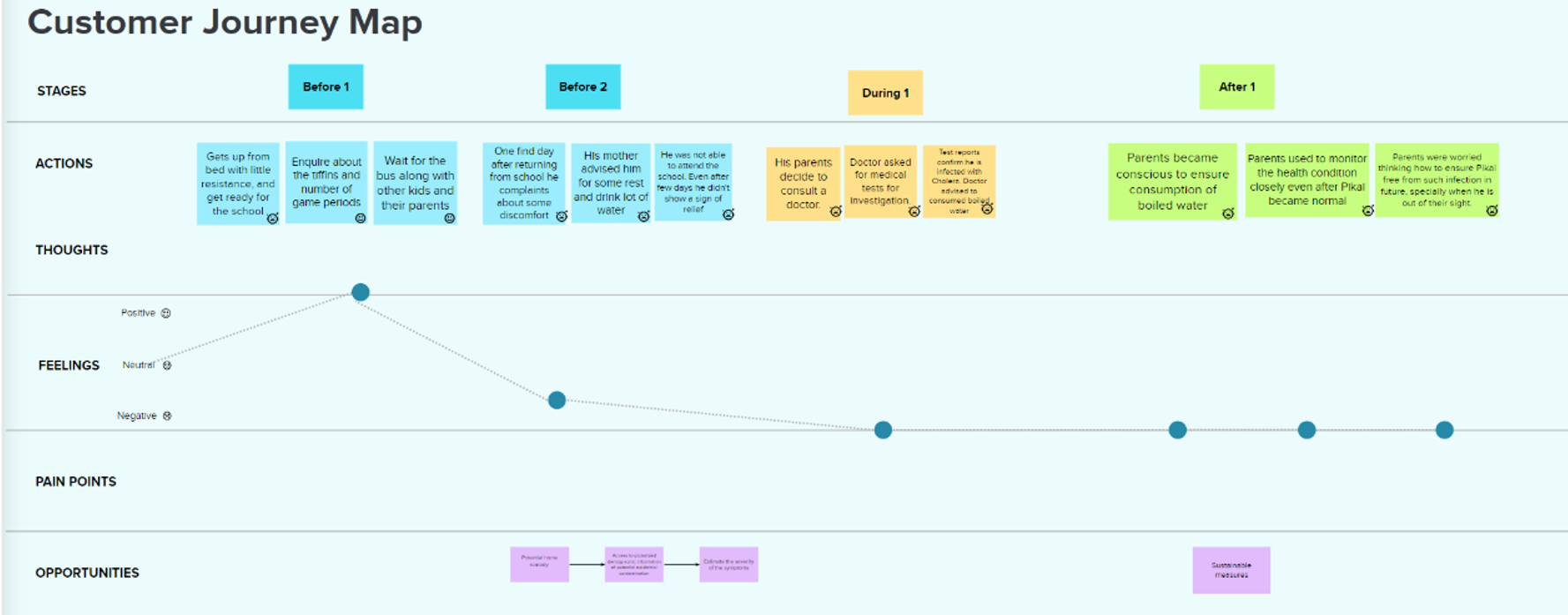
The left-most column captures the different actions that the actor performs; one can associate the emotions attached to the actor while performing the various actions. The feelings, capture various high/low moments. The opportunity section is to capture the potential opportunities for improving the feelings. The best part of this template is to enable the innovator to confine his thought process completely, wearing the actor’s hat. This technique not only enhances the emotional connection of the innovator but also organizes his thoughts with an open mind. What’s more? This framework even helps in avoiding some sort of pre-conceived bias.
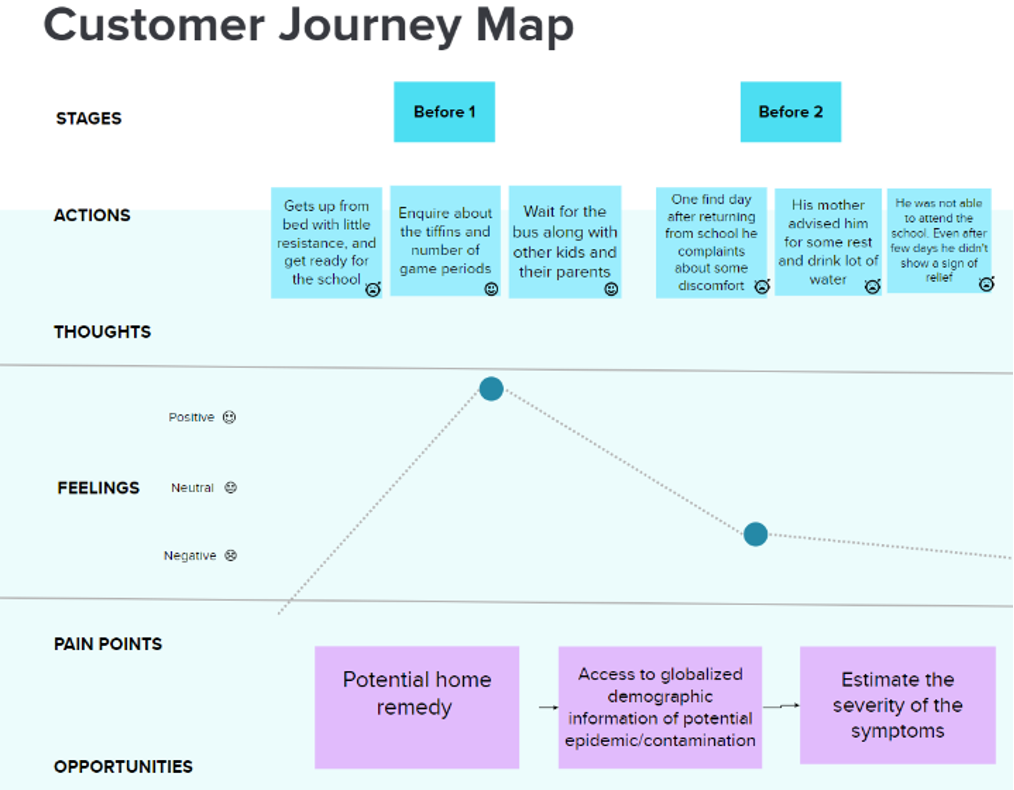

I found it very useful to collect some facts to reinforce understanding of the volume of the problem, the importance to address the problem, and the potential, social, & personal benefits of carrying out the entire exercise. I have captured the following facts during the exercise.
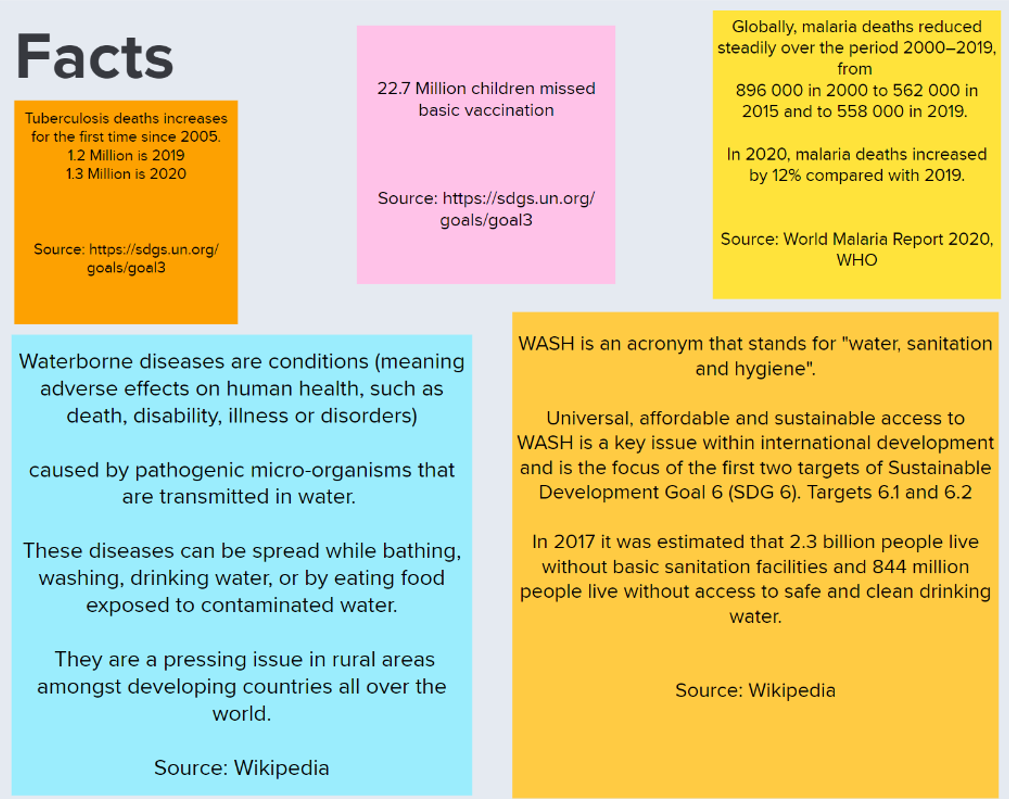
The next step is to identify the problems and HMW is a sound framework that can provide a great solution for capturing the requirements. Some of the key points to remember while identifying the problems are as follows: (These approaches have helped me personally.)
- Firstly, don’t limit your thinking process by resorting to the potential solutions available. The reason I felt keeping the “How” part separate because of two predominant problems:
a. Biased about existing solutions b. Secondly, it limits the free flow of thoughts due to limited knowledge.
- Secondly, view the problem from its totality.
a. Try to understand the overall supply chain or the eco-system b. Define/redefine the context (as appropriate).
- Finally, keep the level of abstraction appropriate.
a. It shouldn’t be too broad or too narrow. b. The question should not contain any solution.
Let us break the HMW further: The questions can be formed by identifying the appropriate function and the context. So, the questions can be framed by filling up the appropriate blanks How might we <FILL THE FUNCTION WITH SOME VERB> for <FILL THE CONTEXT>_____

Let us spend some time analyzing the HMW questions Q1: How might we ensure affordable access to clean water for everyone So, our solution will provide the function: ensure affordable access in the following context clean water & to everyone. This HMW question still appears to be too broad to address at the beginning. Hence, there’s a need for further refinement by defining what is affordable access, everyone, etc.
Q2: How might we purify the water before consumption? This question looks considerable as it defines the function precisely ie. purifying the water. Also, the context is narrow, ie. just before the consumption. However, the consumption can be further elaborated as bathing, washing, & drinking to further narrow down. Q3: How might we identify the quality of the drinkable water before consumption?
I find it useful to organize the question in a table and extract the functions and context, which might help us organize our overall thought process in the successive steps. This table also provides some clarity about the functions and the context, which can iteratively be refined as appropriate in further iterations.
| Sr.No | HMW Question | Function | Context | Classification |
|---|---|---|---|---|
| Q1 | How might we ensure affordable access to clean water for everyone | Ensure affordable access | Clean water Everyone | Broad |
| Q2 | How might we purify the water before consumption? | purify | Before consumption | Appropriate |
| Q3 | How might we identify the quality of the drinkable water before consumption? | identify | Drinkable water Before consumption | Appropriate |
| Q4 | How might we prevent our hands from getting contaminated? | prevent | hands | Narrow |
| Q5 | How might we timely notify the authority in case of contamination? | Timely | notify authorities | Broad |
Next post will be on Analyze.
Source of banner image: https://pxhere.com/en/photo/1434971


